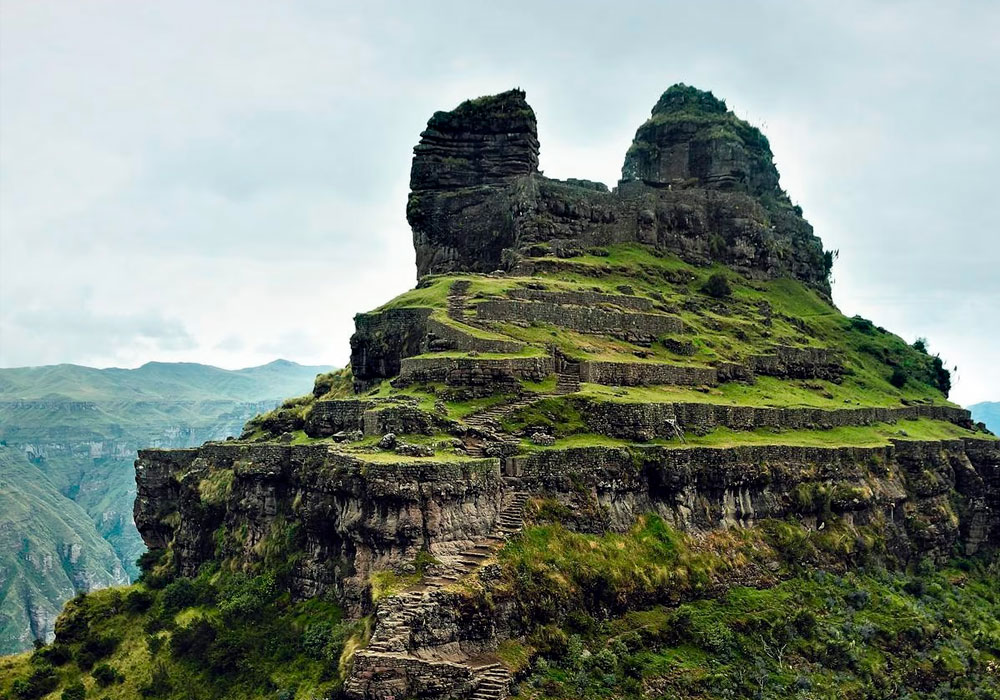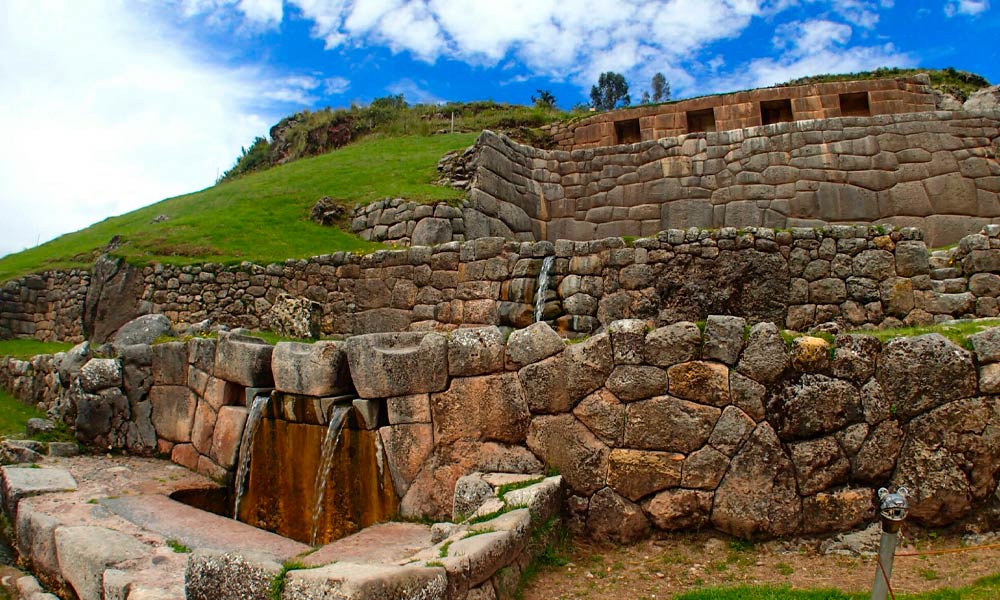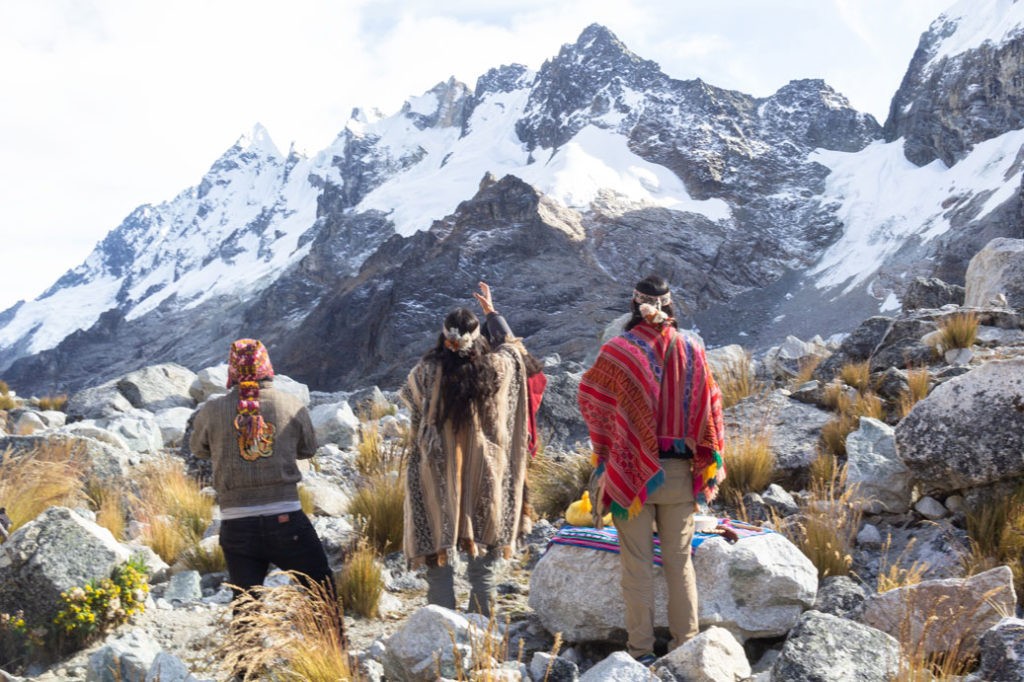In the heart of the Andes, nestled within the breathtaking landscape of Peru, lies a hidden gem that has been a well-kept secret for centuries: Waqrapukara. This enigmatic archaeological site, often referred to as the “Fortress of the Horns,” is a testament to the ancient engineering genius and spiritual significance of the Inca civilization. In this comprehensive guide, we’ll embark on a journey of discovery to unravel the mysteries and marvels of Waqrapukara.
Waqrapukara is the fortress of the horns while Machu Picchu shows the face of an Inca, travel the Inka trail to reach this enigmatic place in the middle of the Cusco jungle.
Waqrapukara: A Glimpse into the Past
Waqrapukara, with its dramatic stone structures majestically perched on a mountaintop, offers not just a tantalizing glimpse but a profound journey into the architectural marvels and spiritual significance of the Inca Empire. The very name “Waqrapukara” is a poetic synthesis of the Quechua words “waqra” (horn) and “pukara” (fortress), an astute description of this site’s unique layout that evokes images of an ancient horned citadel standing sentinel over the Andean landscape. Unlike the world-famous Machu Picchu, which often teems with tourists, this hidden gem has remained relatively undiscovered by mainstream tourism, preserving its mystique and an air of untouched authenticity.
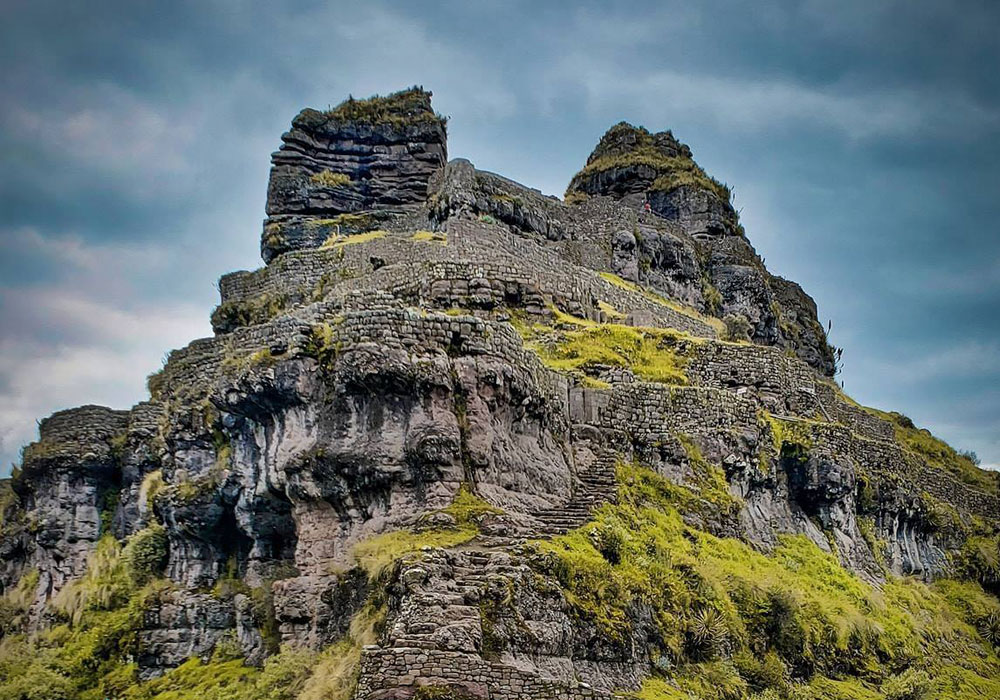
Waqrapukara’s isolation high in the rugged Andes adds to its allure, offering those who make the journey an opportunity to connect with the past in an almost time-travel-like experience. The site’s untouched beauty, along with the sense of being one of the few to explore its secrets, creates a sense of wonder and reverence that is difficult to match. It’s a place where history comes to life, where you can trace the footsteps of ancient civilizations while feeling the whisper of the wind through the grassy plains.
The Location and Access
Situated in the Andahuaylas Province of Peru’s Apurímac Region, Waqrapukara’s remoteness adds to its allure. To reach this archaeological wonder, one must embark on a journey from Cusco, traversing rugged terrain and remote villages. The journey, while challenging, offers travelers an opportunity to immerse themselves in the region’s stunning natural beauty and experience the traditional way of life of Andean communities.
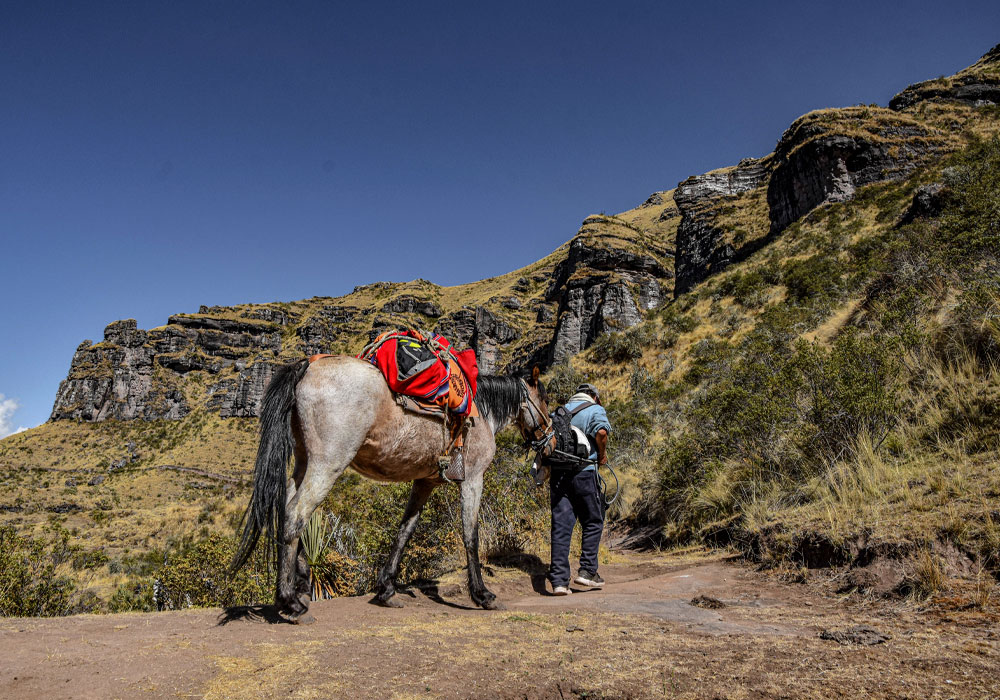
The trek to Waqrapukara typically begins from the town of Huancaraylla, a starting point that, in itself, is a cultural and scenic delight. The path meanders through picturesque landscapes, dense forests, and alongside serene rivers. It’s a moderate to challenging hike that demands good physical condition, but the rewards are immeasurable.
The Mysteries of Waqrapukara
As you ascend towards Waqrapukara, you’ll be greeted by a sense of anticipation and wonder. The site comprises stone structures that include ritual platforms, aqueducts, ceremonial baths, and terraces. These enigmatic remnants hint at Waqrapukara’s role as a sacred and ceremonial center for the Inca civilization. Its strategic location, perched atop steep cliffs, suggests its significance as a place for astronomical observations and religious rituals.
One of the most captivating features of Waqrapukara is its unique horn-shaped architecture, with massive stone horns carved into the mountain itself. These horns, a symbol of spiritual significance, give the site its name and evoke curiosity about the ancient beliefs and practices of the Inca people.
The Spiritual Significance
Waqrapukara’s spiritual importance is deeply rooted in the Andean cosmovision, where natural elements and sacred landscapes are intrinsically connected. The site’s alignment with celestial events, such as solstices and equinoxes, underscores its role as an astronomical observatory.
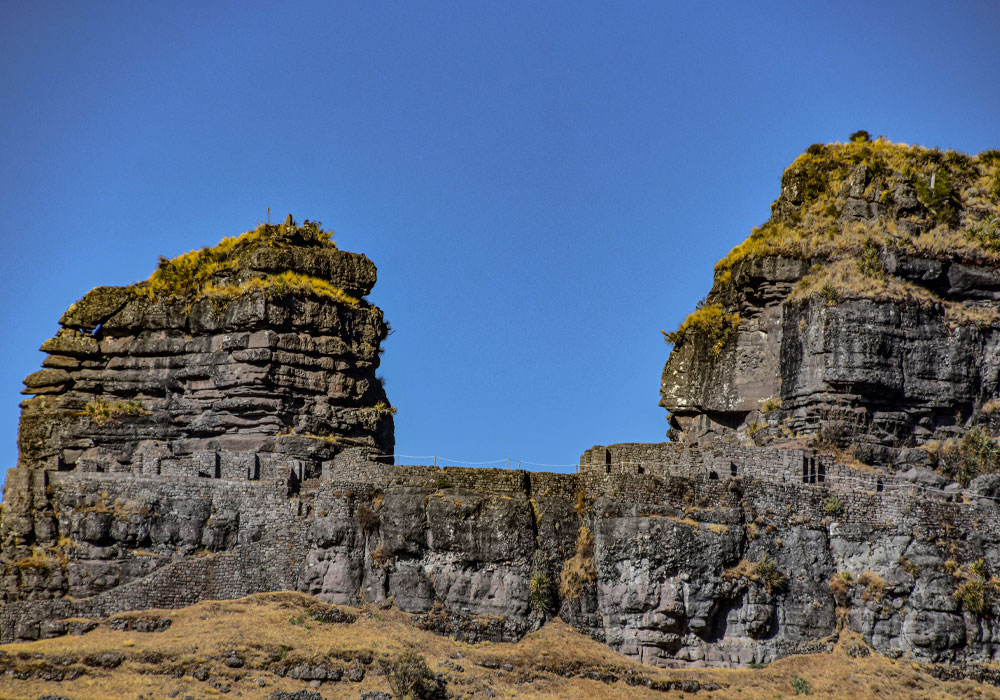
For the Inca civilization, mountains were revered as apus, or deities, and their worship was central to their spiritual beliefs. Waqrapukara’s lofty location, surrounded by the towering peaks of the Andes, embodies this reverence for the natural world. The site’s ceremonial baths and ritual platforms provide evidence of ancient ceremonies dedicated to these sacred mountains.
Visiting Waqrapukara: Practical Considerations
Before embarking on a journey to Waqrapukara, there are several practical considerations to keep in mind:
Altitude: Waqrapukara is situated at an altitude of approximately 4,300 meters (14,100 feet) above sea level. It’s essential to acclimatize in Cusco for a few days before the trek to avoid altitude sickness.
Physical Fitness: The hike to Waqrapukara is moderately strenuous, and it’s advisable to be in good physical condition. Wear comfortable and sturdy hiking boots and dress in layers, as weather conditions can change rapidly.
Guides: While it’s possible to visit Waqrapukara independently, hiring a local guide is highly recommended. They can provide valuable insights into the site’s history, culture, and significance.
Respect: As with any sacred site, it’s crucial to show respect for the environment and the local communities. Follow the “leave no trace” principles and be mindful of the fragile ecosystem.
A journey to Waqrapukara is a voyage through time, offering a profound connection with the ancient Andean civilization and the breathtaking natural beauty of the Peruvian highlands. This hidden gem, shrouded in mystery, invites intrepid travelers to explore its enigmatic past and revel in the spiritual significance of its horned fortress. As Waqrapukara gradually gains recognition on the global stage, it remains a sanctuary where history, culture, and nature converge, leaving an indelible mark on all who make the pilgrimage to its storied heights.

